The Mercedes-Benz W140 S-Class is a truly stunning classic, celebrated for its robust engineering, luxurious comfort, and timeless design. While it’s a fantastic car to own and drive, some basic knowledge can help you appreciate and maintain this icon.
The Mercedes-Benz W140 S-Class is a legend on wheels. When it first hit the scene, it redefined what a luxury sedan could be. It was big, it was bold, and it was packed with technology that was ahead of its time. Today, many enthusiasts and collectors see the W140 as a genuine classic.
It offers an incredible blend of old-school Mercedes-Benz quality and impressive comfort. If you’re thinking about getting one or already own one, understanding what makes this car special is key. We’ll dive into what makes the W140 so desirable and some things to keep in mind.
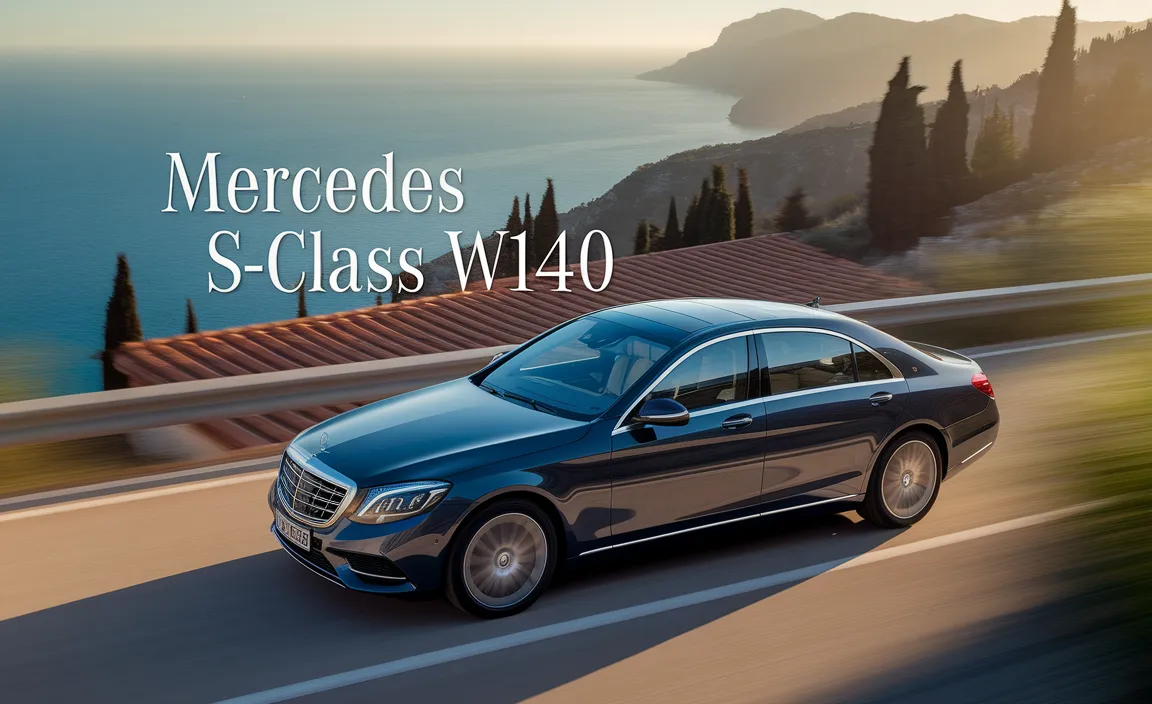
Why the Mercedes-Benz W140 is a Stunning Classic
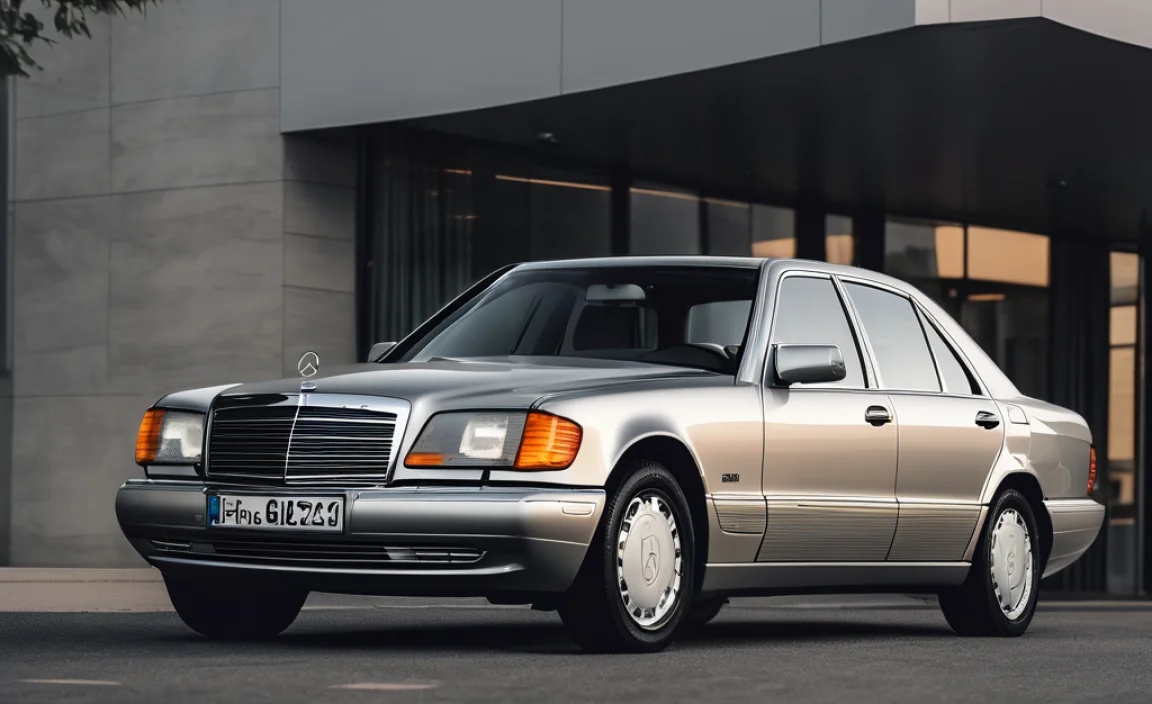
The W140 S-Class, produced from 1991 to 1998, was Mercedes-Benz’s flagship sedan. It was designed to be the best car in the world, and many would argue it succeeded. It wasn’t just about luxury; it was about engineering prowess and an uncompromised approach to quality and safety. This generation was a significant step up from its predecessor, the W126, introducing many new features and a much larger, more imposing presence.
Design and Presence
Visually, the W140 is unmistakable. It has a commanding road presence, with its substantial size and solid lines. While some criticized its perceived bulk when it was new, time has proven its design to be incredibly enduring. The sharp, clean surfaces and the iconic Mercedes-Benz grille give it a timeless elegance. It looks as stately and sophisticated today as it did when it first rolled off the production line. The coupe version, the C140, also embodies this grand touring GT style with stunning permanence.
Engineering and Technology
Mercedes-Benz went all out with the W140. It introduced features that are now commonplace in luxury cars, but were revolutionary back then:
- Double-pane glass: This was a major innovation for reducing cabin noise, making the W140 exceptionally quiet.
- Xenon headlights: Offered as an option early on, these provided superior illumination.
- Can-Bus system: Though rudimentary by today’s standards, it was an early adoption of networked electronics in a vehicle.
- Soft-close doors and trunk: A touch of luxury that sealed doors and the trunk with minimal effort.
- Heated windshield wipers: Standard on some models, these kept the wipers clear in freezing conditions.
Underneath the skin, the W140 was built with the legendary Mercedes-Benz focus on durability and smooth operation. The engines, particularly the straight-six and V8 options, are known for their strength and refinement. The ride quality is exceptionally plush, thanks to its advanced suspension systems.
Comfort and Luxury
The interior of a W140 S-Class is a sanctuary. Materials used were of the highest quality, with rich leather, real wood trim, and solid switchgear that feels substantial to the touch. The seats are supremely comfortable, designed for long journeys. The space inside feels vast, especially in the long-wheelbase models, offering limousine-like legroom for rear passengers. Everything feels meticulously put together, a hallmark of Mercedes-Benz’s golden era of build quality.
Key W140 Models and What to Look For
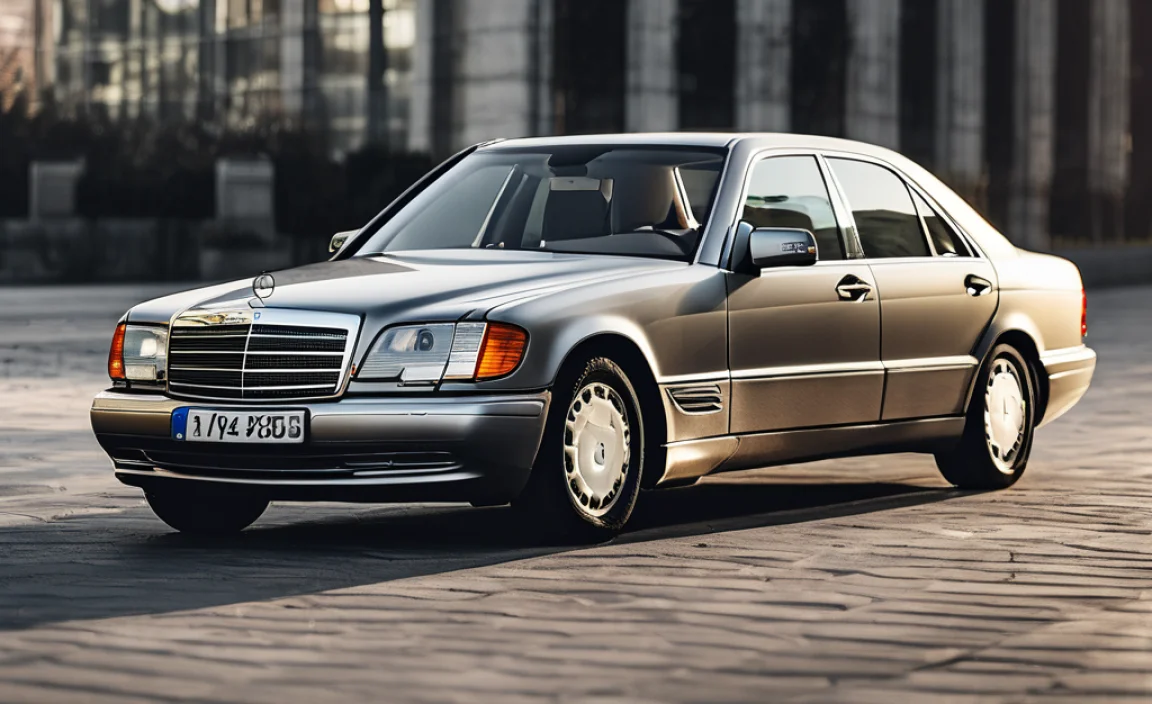
The W140 range offered several engine configurations, each with its own character. Choosing the right model depends on your priorities for performance, fuel economy, and maintenance complexity.
Inline-Six Models (S320)
The S320, powered by a 3.2-liter inline-six engine (M104), is often considered one of the most reliable and balanced choices. It offers a good blend of performance and efficiency for such a large car. These engines are generally robust and have a characteristically smooth operation. Maintenance is straightforward compared to the V8 and V12 models, making them a popular entry point into W140 ownership.
V8 Models (S420, S500)
The S420 and S500 models featured a 4.2-liter or 5.0-liter V8 engine (M119). These engines provide more power and a deeper, more satisfying exhaust note. The V8s are very strong and capable of high mileage, but they can be more complex to maintain than the inline-six. Expect slightly higher fuel consumption but a more effortless driving experience.
V12 Models (S600)
The S600, equipped with a 6.0-liter V12 engine (M120), represents the pinnacle of W140 luxury and performance. This engine is incredibly smooth and potent, offering immense power. However, V12 models are the most complex and expensive to maintain due to their twin-spark ignition, dual ECUs, and sheer number of components. While undeniably impressive, they require a dedicated owner with a willingness to invest in specialized maintenance.
Other Notable Models
- Coupé (C140): The S-Coupe (SEC before 1996, then CL) versions, such as the S500C and S600C, are highly sought after for their sleek styling and sporty appeal.
- AMG: While rare, factory-tuned AMG versions (like the S55 AMG) offer significantly enhanced performance, but these are collector’s items and prohibitively expensive for most.
Common W140 W140 Quirks and Things to Watch For
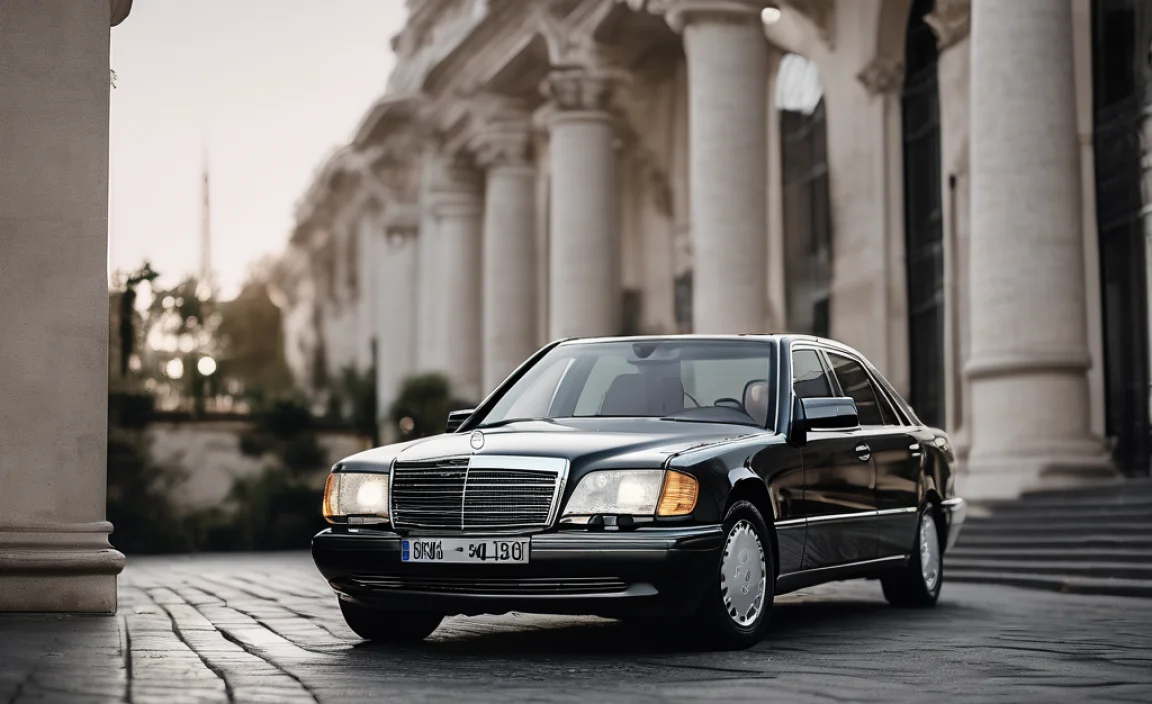
Like any classic car, the W140 S-Class has a few common issues that owners should be aware of. Knowing these can help you inspect a car before buying or address them proactively on your own.
Vacuum System Issues
Mercedes-Benz of this era used a sophisticated vacuum system for central locking, power seats, trunk closer, and even the self-leveling suspension. Over time, vacuum lines can become brittle and crack, leading to leaks. This can manifest as doors not locking or unlocking properly, the trunk closer not working, or the suspension sagging. Diagnosis involves inspecting all vacuum lines for cracks and leaks. Repair is often as simple as replacing a few feet of rubber hose, but finding all the leaky spots can be tedious.
Hydraulic Systems
The self-leveling suspension (SLS) and other hydraulic systems can develop leaks in hoses or actuators. Keeping the hydraulic fluid at the correct level and ensuring the system is not making excessive noise is important. Regular fluid changes, as recommended by Mercedes-Benz, can help prolong the life of these components. You can find more detailed information on hydraulic systems from resources like the Mercedes-Benz Club of America.
Cooling System
The cooling system in a W140 can be prone to leaks from hoses, the radiator, or the water pump. Ensure the coolant is fresh and the system is properly bled. Overheating is a serious issue that can lead to very expensive repairs for these engines. Pay attention to the temperature gauge and any signs of coolant leaks.
Wiring Harnesses
While not as notorious as some other Mercedes models from this era, some wiring harnesses can degrade over time, especially in the engine bay due to heat. This can cause intermittent electrical issues. Regular inspection and securing of wiring loom are good practices.
Heated Seat Elements
The heating elements in the seats can wear out, leading to a loss of heat. This is usually a comfortable luxury to lose, but it’s a common “quirk” for the W140.
Maintenance Tips for Your W140 S-Class
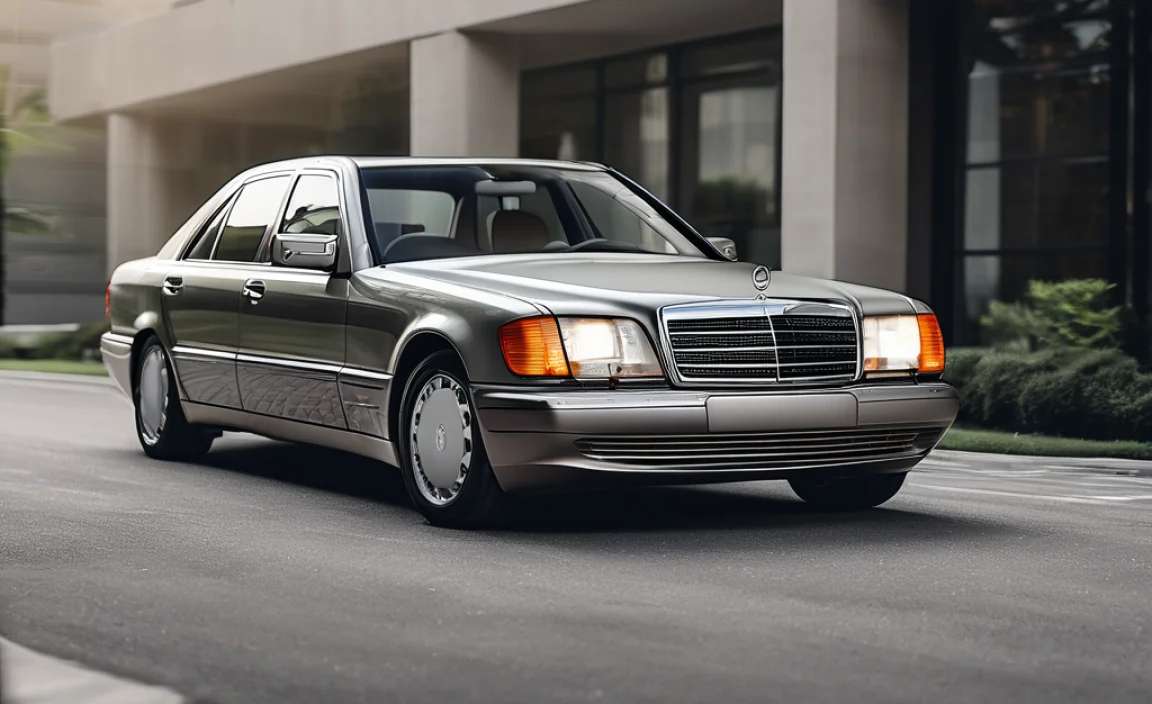
Keeping your W140 running smoothly requires regular attention. Here are some essential maintenance tips.
Regular Fluid Changes
This is paramount for any vehicle, especially a classic luxury car. Adhere to the manufacturer’s recommended intervals for:
- Engine oil and filter
- Transmission fluid and filter
- Brake fluid
- Power steering fluid
- Coolant
- Suspension hydraulic fluid (if applicable)
Using the correct type and specification of fluid is crucial. Always consult your owner’s manual or a reliable Mercedes-Benz service guide. For example, using generic transmission fluid can cause significant damage to the Mercedes 722.6 transmission, which was standard on later W140 models.
Inspect and Replace Belts and Hoses
Rubber components degrade over time, especially with exposure to heat and engine fluids. Inspect the serpentine belt (or V-belts on older models) for cracks and fraying. Hoses for coolant, vacuum, and power steering should also be checked for stiffness, cracks, and leaks. It’s often cheaper to replace a hose proactively than to deal with the flood and potential engine damage it can cause.
Brake System Care
Ensure your brake pads and rotors are within specifications. Check brake fluid levels and condition. The W140 typically has robust brakes, but like any car, they require regular inspection for optimal performance and safety. If you notice any sponginess in the pedal or strange noises, it’s time for a check.
Tire Pressure and Alignment
Proper tire inflation is essential for ride quality, tire wear, and safety. Check your tire pressures regularly, especially with temperature changes. If your car pulls to one side or you notice uneven tire wear, it might be time for a wheel alignment. For specific alignment specifications, you might want to refer to professional automotive databases that contain this data, such as those provided by Alignment Safety.
Exterior and Interior Care
Protecting the paintwork with regular washing, waxing, and detailing will keep your W140 looking its best. For the interior, use appropriate leather conditioners and upholstery cleaners to preserve the high-quality materials. Keep the cabin clean and free from debris to prevent premature wear.
DIY Maintenance: What You Can Do Safely
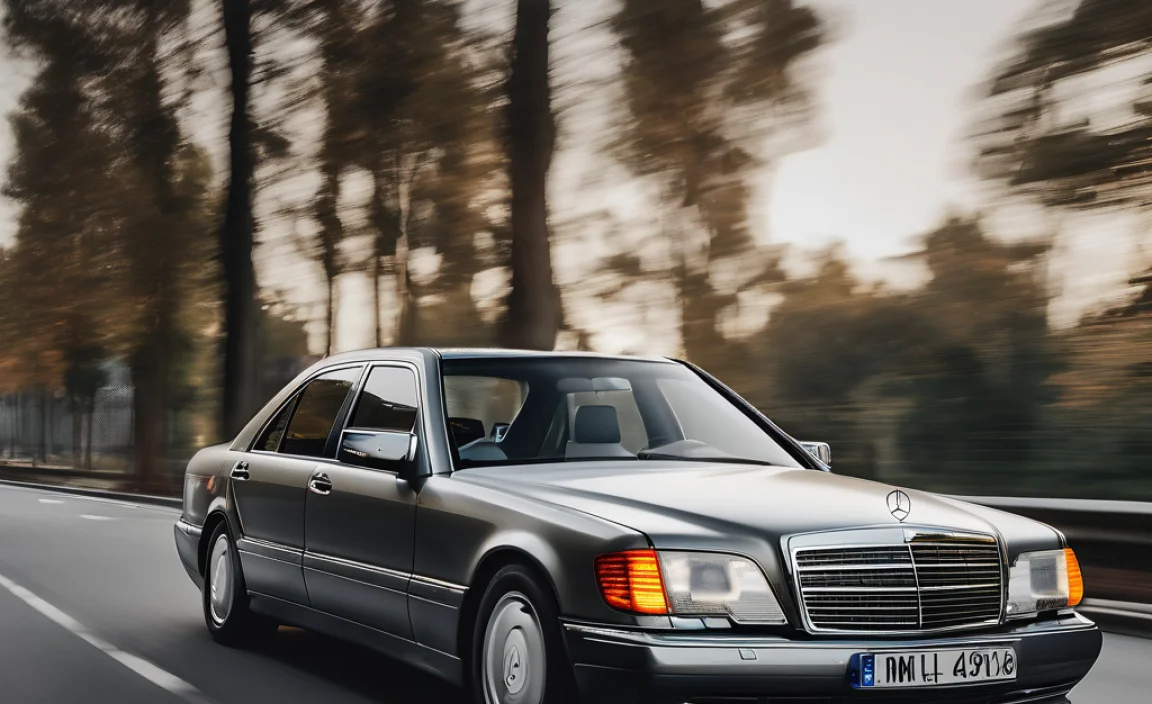
Many routine maintenance tasks on the W140 are manageable for the home mechanic. Here are a few suggestions:
Engine Oil and Filter Change
This is a cornerstone of engine health. You’ll need:
- New engine oil (correct viscosity and specification)
- New oil filter and seal
- Socket set or wrench for drain plug
- Oil filter wrench
- Jack and jack stands for safe lifting
- Drain pan
Always ensure the car is securely supported on jack stands before getting underneath it. Dispose of used oil responsibly.
Air Filter Replacement
Located under a plastic or metal cover, the air filter is usually easy to access. You’ll typically only need a screwdriver or socket set. A clean air filter ensures your engine breathes efficiently.
Cabin Air Filter Replacement
Many W140 models have cabin air filters that help keep the air inside fresh. Their location can vary, but often they are behind the glovebox or under the dashboard. Check your owner’s manual for the exact location. Replacing these improves air quality and HVAC system efficiency.
Wiper Blade Replacement
Simple and quick! Most wiper blades have a release tab or mechanism. You can find replacements at any auto parts store. Ensure you get the correct length and type for your W140.
Checking and Topping Up Fluids
Engine oil, coolant, brake fluid, power steering fluid, and windshield washer fluid are usually accessible and simple to check and top up if needed. Always use the correct type for your Mercedes.
When to Call a Professional
While DIY is rewarding, some tasks are best left to experienced Mercedes-Benz technicians:
- Complex Electrical Diagnostics: The W140 has a sophisticated (for its time) electrical system. Intermittent faults can be very difficult to track down without specialized tools and knowledge.
- Transmission Service: Automatic transmission fluid changes, especially on the electronic 722.6 gearbox, require specific procedures and diagnostic tools to check fluid levels correctly.
- Engine Overhauls: Major engine work, such as head gasket replacement or rebuilds, should be handled by professionals.
- Suspension and Hydraulic System Repairs: While some minor hose replacements might be DIY-friendly, complex repairs to the self-leveling suspension or other hydraulic systems often require specialized equipment and knowledge.
- V12 Engine Specifics: Working on the M120 V12 is a significant undertaking. The dual ignition systems, extensive wiring, and tight packaging make it a job for experienced specialists.
Finding a reputable independent Mercedes-Benz specialist is often a good alternative to dealership service for these complex jobs, and can be more cost-effective.
The W140 S-Class: Investment or Headache?
The Mercedes-Benz W140 S-Class is a remarkable car that embodies a bygone era of automotive luxury and engineering. When well-maintained, it offers an unparalleled driving experience, combining supreme comfort with solid performance. These cars are becoming increasingly appreciated by collectors and enthusiasts alike, leading to a stabilization and in some cases, an appreciation of their value. However, it’s crucial to understand that these are complex machines from the 1990s. Neglect can lead to expensive repairs.
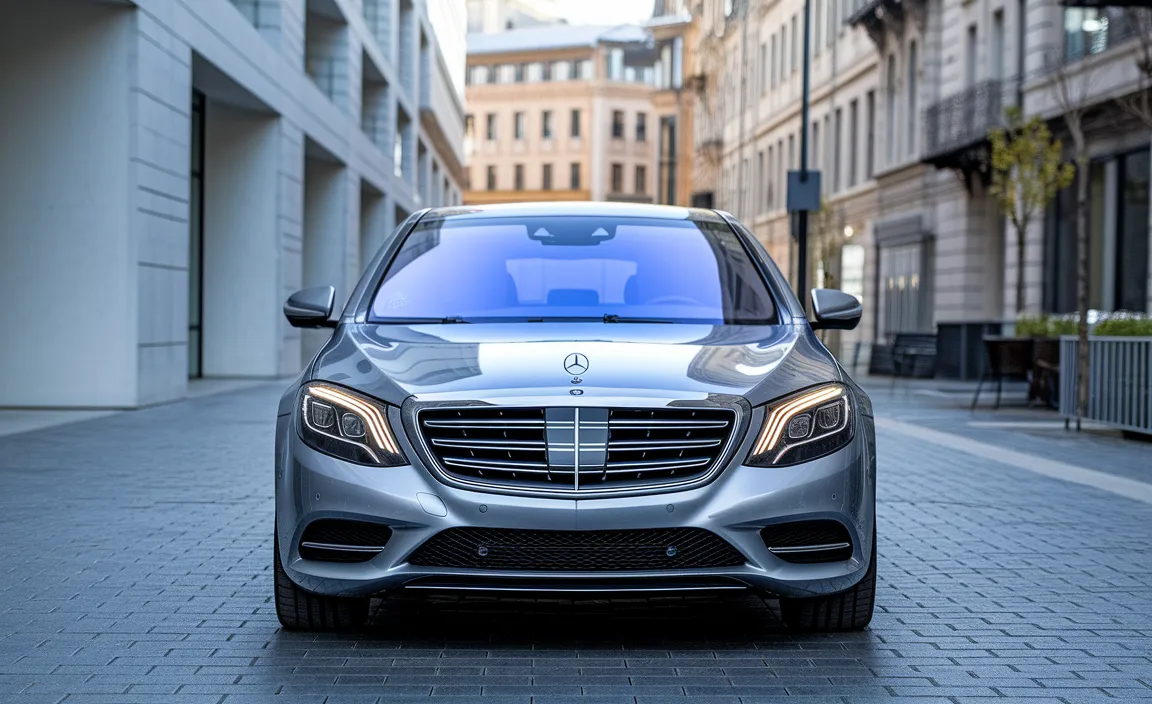
If you’re considering a W140:
- Buy the best example you can afford. A well-maintained car will almost always be cheaper to own in the long run than a cheap, neglected one.
- Get a pre-purchase inspection (PPI). This is non-negotiable. Have an independent Mercedes-Benz specialist look the car over thoroughly.
- Factor in maintenance costs. Parts and specialized labor can be more expensive than for mainstream vehicles.
- Join a Mercedes-Benz club or online forum. Resources like the MBWorld W140 Forum are invaluable for advice, troubleshooting, and finding parts.
When purchased wisely and cared for diligently, a W140 S-Class is not just a car; it’s a piece of automotive history that provides incredible enjoyment and luxury. It represents a peak of Mercedes-Benz engineering and design, making it a truly stunning classic to own and drive.
Frequently Asked Questions
2.Are W140 S-Class parts difficult to find?
For common wear items like filters, brakes, and belts, parts are readily available from Mercedes-Benz dealerships, independent specialists, and online retailers. For more specific or less common parts, especially for the V12 models, finding them can sometimes require patience and searching specialized suppliers or junkyards.
3.What is the typical fuel economy for a W140 S-Class?
Fuel economy varies significantly by engine. The most efficient is the S320, which might achieve around 16-18 MPG in the city and 22-25 MPG on the highway. The V8 and V12 models will return lower figures, often in the low to mid-teens for city driving and around 20 MPG or less on the highway.
4.How much maintenance does a W140 S-Class typically require?
As a complex luxury car, the W140 requires diligent maintenance. Regular oil changes, fluid flushes, and inspections are key. Addressing minor issues like vacuum leaks or worn hoses proactively can prevent larger, more expensive problems down the line. Budget for consistent maintenance to keep it in top condition.